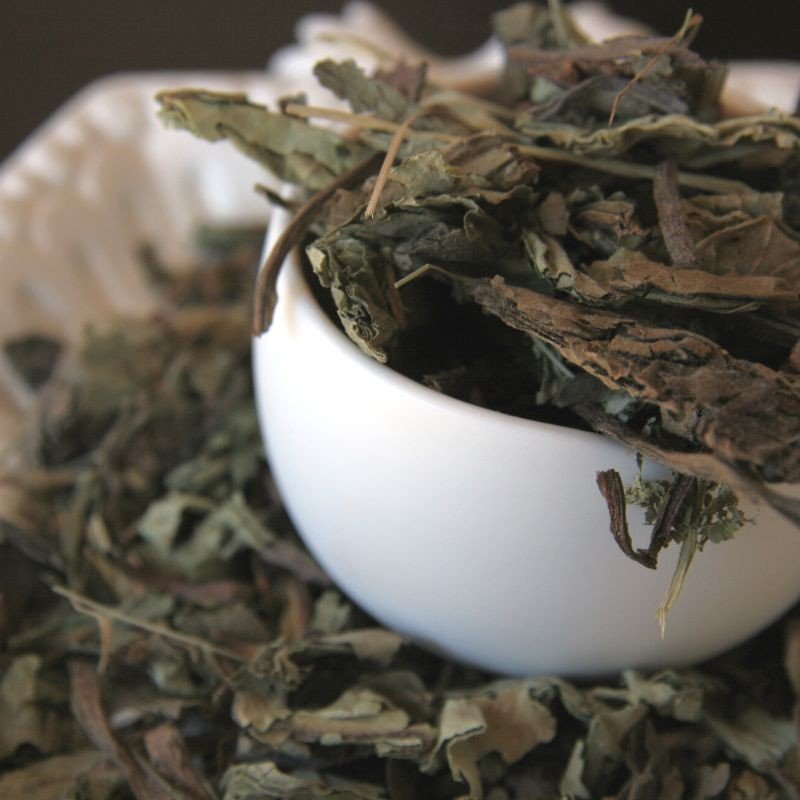Exploring the Beauty of the Lungwort Plant
Nature has bestowed upon us a diverse range of plant species, each with its unique characteristics and beauty. One such remarkable plant is the Lungwort (Pulmonaria officinalis), which stands out for its captivating appearance and intriguing medicinal properties. In this article, we will delve into the fascinating world of the Lungwort plant, understanding its history, characteristics, habitat, and the many ways it has captured the attention of botanists, herbalists, and nature enthusiasts alike.
Historical Background:
The Lungwort plant has a long and storied history dating back to ancient times. The name “Pulmonaria” comes from the Latin word “pulmo,” which means “lung.” This association can be traced back to the Doctrine of Signatures, an ancient herbalist belief that plants resembling certain body parts could be used to treat ailments related to those parts. As a result, Lungwort’s spotted leaves were believed to resemble diseased lungs, leading to the notion that it could cure respiratory illnesses.
Characteristics and Appearance:
The Lungwort plant, a member of the Boraginaceae family, is a herbaceous perennial that typically reaches a height of 8 to 12 inches (20 to 30 centimeters). One of its most striking features is its attractive foliage, characterized by large, oval-shaped leaves with prominent white spots that create a visually arresting pattern. As the leaves age, the spots often transition from white to pink or purple, adding further visual interest to the plant.
During springtime, Lungwort produces delicate, funnel-shaped flowers that hang in clusters. The blossoms showcase a mesmerizing color-changing trait, starting off as pink buds and eventually transforming into vibrant shades of blue or purple as they mature. Sometimes, both pink and blue flowers can be found on the same plant, creating an enchanting color gradient.
Habitat and Distribution:
Lungwort is native to various parts of Europe, including regions like England, Germany, and Scandinavia. It can be found growing in damp woodlands, shaded areas, and along riverbanks, where it thrives in cool, moist conditions. The plant’s ability to flourish in shaded environments makes it an excellent choice for woodland gardens and naturalized areas.
Medicinal Uses:
Aside from its undeniable aesthetic appeal, Lungwort has a history of traditional medicinal uses. While it is essential to exercise caution and consult qualified herbalists or healthcare professionals before using any plant medicinally, Lungwort has been historically employed to treat respiratory ailments like coughs, bronchitis, and even tuberculosis. The leaves contain compounds such as mucilage, saponins, and allantoin, which are believed to have expectorant and anti-inflammatory properties. However, it is important to note that modern scientific research on the medicinal properties of Lungwort is limited, and it should not be used as a substitute for proven medical treatments.
Ecological Importance:
Beyond its beauty and potential medicinal benefits, Lungwort plays a significant role in its ecosystem. As an early spring bloomer, it provides essential nectar for pollinators like bees and butterflies, aiding in their survival and promoting biodiversity. Additionally, the plant’s foliage serves as a food source for some herbivorous insects, further contributing to the intricate web of life in its habitat.
Cultivation and Care:
For those looking to cultivate Lungwort in their gardens, it is generally a low-maintenance plant that thrives in well-drained, humus-rich soil. It prefers partial to full shade, making it an ideal addition to woodland gardens or areas with dappled sunlight. Lungwort is relatively cold-hardy and can withstand frost, making it suitable for various temperate regions.
Varieties and Cultivars:
Over time, various Lungwort cultivars have been developed, each showcasing unique leaf patterns and flower colors. Some popular cultivars include Pulmonaria ‘Sissinghurst White’ with all-white flowers, Pulmonaria ‘Trevi Fountain’ with intense blue flowers, and Pulmonaria ‘Raspberry Splash’ with raspberry-red flowers. The diversity of these cultivars adds further allure to this already captivating plant.
Conclusion:
In conclusion, the Lungwort plant is a remarkable botanical treasure that enthralls both experienced botanists and casual nature admirers alike. Its distinctive spotted foliage, color-changing flowers, and rich historical background make it an enchanting addition to any garden. While its medicinal uses are of interest, it is essential to treat it with caution and not use it as a substitute for proven medical treatments. Whether one seeks to appreciate its natural beauty or explore its potential medicinal benefits, the Lungwort plant continues to captivate and inspire our fascination with the wonders of the natural world.
